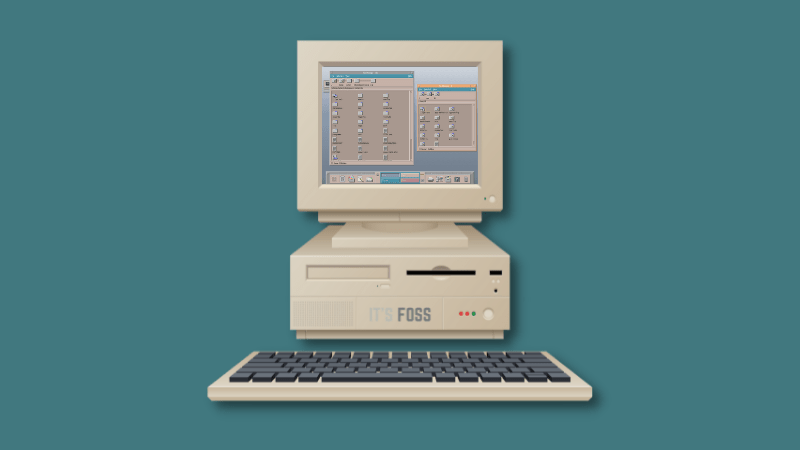Recently, I installed the old Common Desktop Environment (CDE) on a SparkyLinux machine. It was the old window environment for UNIX back in the 1990s. It was still my favorite program until the early 2000s when it was discontinued. I remember using CDE onAIX,HP-UX,DG/UX, and I even got it to run onSlackwareandRedHatdistros running on a ‘386.


 Motifwindow manager,
Motifwindow manager,mwm. It providedmwmcompatible window management functionality to the user or programmer, including functions that facilitated control of elements of window state such as placement, size, icon/normal display, and input-focus ownership.
In addition to window control,dtwmprovided workspace management. Workspaces provide a way of grouping together logically related windows. Each workspace was shown independent of the other workspaces so that only those windows related to the immediate task were visible. Workspaces were an effective tool to organize windows by task and make efficient use of screen real estate.
 Windows 3.11, which was commonly used in the early-mid 1990’s.
Windows 3.11, which was commonly used in the early-mid 1990’s.
For the More Adventurous
 Common Desktop Environment (CDE).
Common Desktop Environment (CDE).
The second package is called: Not so Common Desktop Environment (NsCDE) has the retro CDE look (and partial feel) but with a more powerful and flexible framework, under the hood, so more advanced software, in use today, can run on it.
There is a Reddit article that explains how to add the SparklyLinux repository to your system and how to install it. Since there are two CDE packages on SparkyLinux, be sure to review the two wiki links fro CDE and NsCDE, so you’re sure to get the package you want.
For RedHat, Fedora, and CentOS folks, there is anRPM packageavailable. Most of the major work has been done, so it looks to have been sitting untouched for some time. However, it’s still being monitored and a little activity has been recorded over the last few months.

CDE used to be proprietary software, but it was released as open source software in 2012. You can check out a majorSourceForge projectwhich is quite active. The same project also houses a copy of all of thedocumentation. For history buffs, this is worth checking out.
Conclusion
CDE was once considered the de-facto standard windowing environment on UNIX systems. Seeing it resurrected as open-source projects was a pleasure and I was able to enjoy reliving a little bit of my early years in UNIX.
XFCEwas an open-source fork of CDE in 1996. It looks, or acts, nothing like CDE today, but it, and other similar projects laid the groundwork for the systems we have today. That’s a good thing.
Like what you read? Please share it with others.

